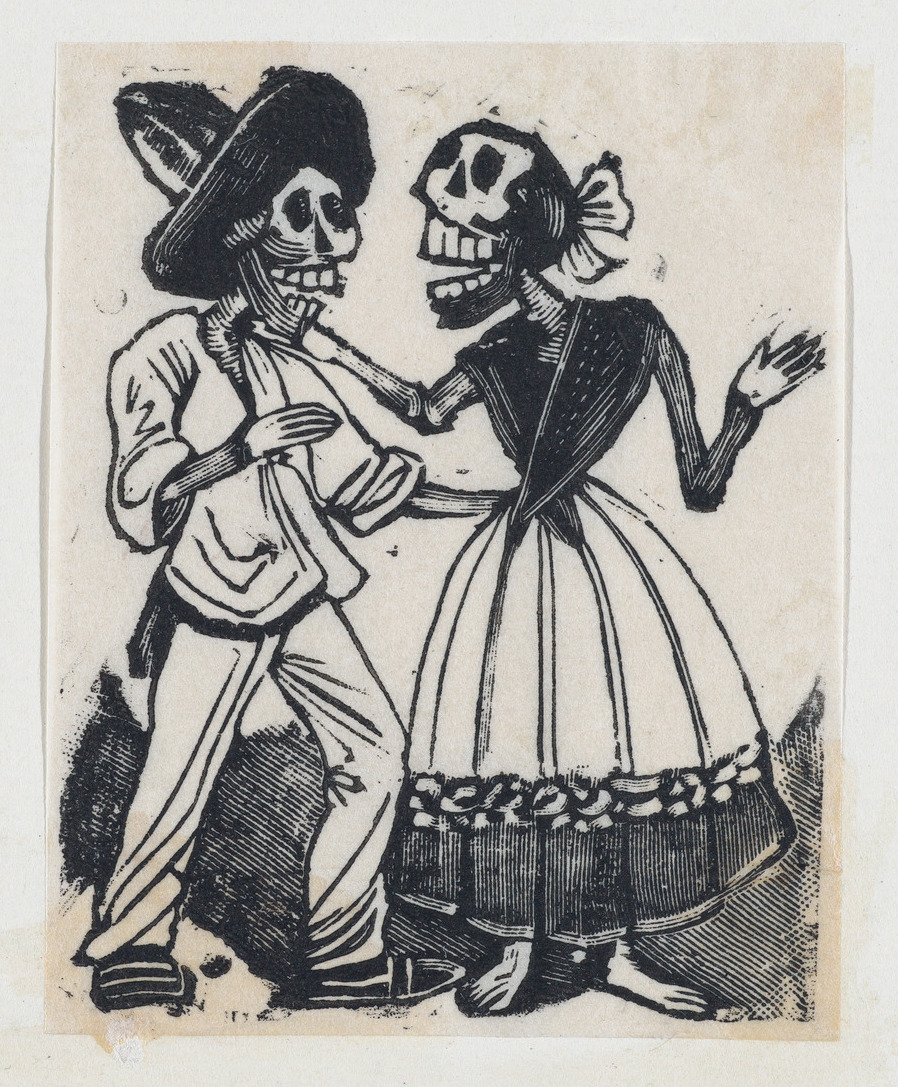Walkin' Talkin'

Directors often tell actors not to walk as they speak. “Plant your feet, then talk. It gives your words more weight. It makes you stronger,” they say.
So, when I heard the premise of the following exercise, I, unfortunately, let this implied rule lingering at the back of my head affect my sense of judgement. “Of course, this game will be a failure. It has to be. I know the rule!!”
But then…
It wasn’t. It was actually pretty good.
And it solved some problems of “talking heads” in notoriously verbal scenes. It solved the issue of the full space not being used. It unexpectantly made an impact on how improvisers create physical details in a scene (physical platform) because the walking often leads somewhere which, if defined, will paint useful details in the environment useful for the narrative.
This game seems like a cousin of Keith Johnstone’s, “No talking unless in physical contact”. Where the Johnstone exercise puts the brakes on movement after the contact is made, this one amplifies movement if the performer intends to create verbal offers.
GAME: WALKIN’ TALKIN’ or
WALKIE TALKIE
ORIGIN: Aaron Ranger (contact him HERE)
BENEFITS:
- Make a scene more vibrant/energetic.
- Use the full space.
- Create broader details in the space.
- Playfulness.
# PEOPLE: a typical scene (2 +)
GOAL: Walk if you speak.
PROCEDURE:
- Start your scene.
- if your character speaks, you must be walking.
- You can walk without speaking but you can’t say anything if your feet are still.
EXAMPLE: Shawn is at home and Tom knocks at the door. Shawn lets Tom in and is walking around his own space, doing random things as he talks which creates an unintended character trait of nervousness.
Even though he is saying positive things and welcoming Tom, the audience knows something is up. Shawn makes sense of this and says “I can get you your money by the end of the week”.
Tom reminds Shawn of the threat as he walks towards him and pulls out a knife. “A finger for every day of delay”. (silence and stillness as they stare at each other and then everything explodes.
There is an argument – and a chase around the sofa until Tom finally says – “Don’t worry. Sit down!” He sits and is silent. Shawn sits and is silent…. Tom cuts off Shawn’s finger. Shawn is Screaming and running to the cupboard for a bandage.
TEACHING TIPS: (Don’t Over-teach. Give them instructions but not every detail. Let them discover something on their own.)
- Encourage performers to use the entire space. (some get stuck walking in circles in a safe little area)
- Remind performers to move when they start talking and forget to move their feet
- If students don’t discover playfulness or stillness remind them or suggest things like – “Get your partner to sit beside you.” (forcing them into silence)
- Eventually there can be flexibility with “Walking” versus just “Moving feet’ on the spot BUT have performers attend to actually walking at first when talking.
– Later, allow performers to bend the rule a bit. As long as performer’s feet are in motion as opposed to explicitly walking, that is ok. See what each version accomplishes. (Remember – actual walking will take you somewhere. That’s useful. Just moving the feet without walking might imply interesting character qualities but it might also be a limitation used by performers who are scared to leave their place on stage.).
VARIATION:
- See Keith Johnstone’s No Talking Unless in Physical Contact.
- And there was a game you should only play once a year at most when people are talking too much. “No talking unless removing a piece of clothing” which I created as a challenge for two teams who always seemed to be trying to outwit each other verbally. – instantly more physical scene! 🙂




0 Comments